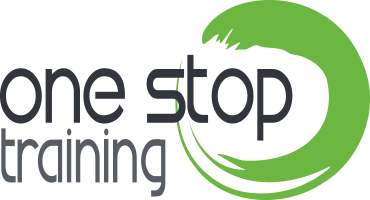The LF forklift is best identified as a forklift truck with a mast, onto which attachments of various types are fitted.
The most common attachment is a pair of tynes, or forks. These attach to the mast via a carriage.
The LF forklift licence permits the holder to operate an LF machine of an unlimited capacity.
Counterbalance forklifts are characterised by a large counterweight usually located above and behind the rear-steer wheels. This counterweight acts to offset the load carried at the front by using the front wheels as a fulcrum or pivot point.
The tynes (forks) are designed to fit purpose built pallets and cases, as well as accommodate a range of attachments, such as drum clamps, slippers, person-lifts.
A container forklift is a large, conventional ‘masted’ forklift which has either large tynes or an attachment for locking onto a container (top loader).
A normal shipping container has steel blocks in each corner called corner-casts. These are large solid steel blocks of common size, dimensions and locations which the container forklift attachment drops into from the top at all four corners, twists, and locks on.
There are also ECH’s or empty container handlers which grip from the side of the corner-cast, as there is less weight to manage.
Another type of common forklift is the hi-reach. This is a short wheelbase machine that maintains its stability by transferring and spreading its load to the ground via outrigger and rear wheels.
These are used inside racking systems which are closely spaced. They are fitted with a ‘reach’ system which scissors into the racking to select a pallet and then draws it back into the stability region of the machine.
That doesn’t mean however that a licence holder can expect to operate any LF forklift immediately. Individual workplaces have a legal obligation to ensure operators have sufficient training and familiarisation with equipment and the work site before operation.
We can assist not only with the LF outcome but also the workplace and machine specific training requirements.




